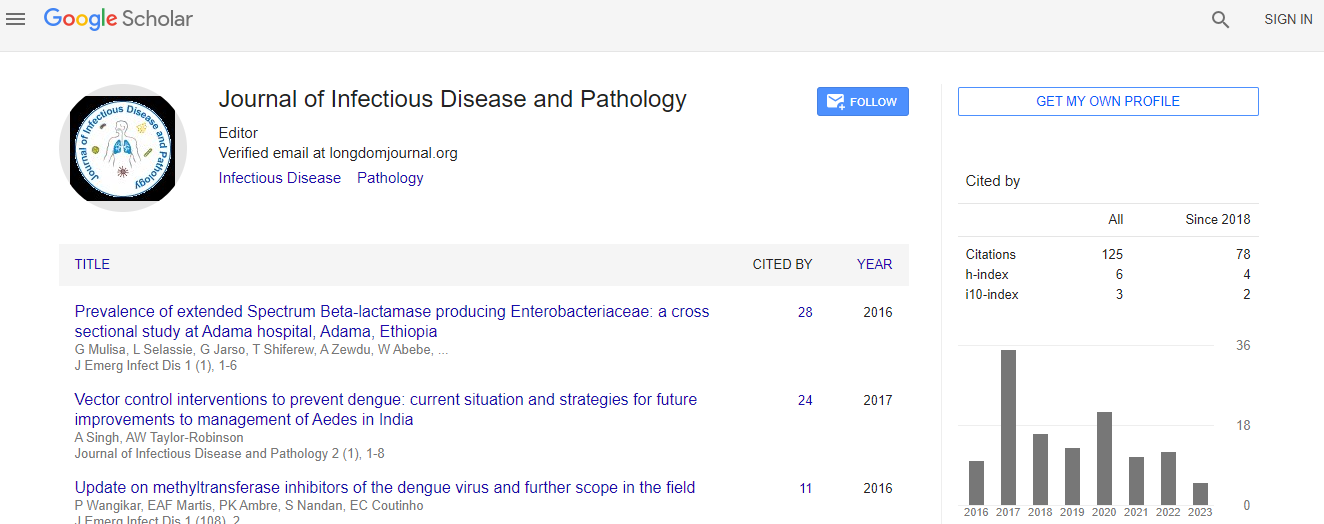The role of non-invasive biomarker M2BPGi in managing liver disease in Vietnamese patients
*Corresponding Author:
Copyright: © 2020 . This is an open-access article distributed under the terms of the Creative Commons Attribution License, which permits unrestricted use, distribution, and reproduction in any medium, provided the original author and source are credited.
Abstract
Chronic liver disease has a high global burden and death toll. Early diagnosis is important to halt disease progression to cirrhosis, hepatocellular carcinoma, and eventually death. At present, there are many methods used for liver disease assessment, such as liver biopsy, elastography, serum biomarkers, and surrogate markers. However, shortcomings of these methods include invasiveness, costly equipment, requirements for skilled technicians, long turnaround and waiting times, which limit their usefulness, particularly in developing countries in the world that lack resources and skilled technicians. Vietnam is a developing country with a high burden of hepatitis B and C, and liver disease-related mortality is expected to increase in 2025. A recent study in Vietnam found that the Mac-2 binding protein glycosylation isomer (M2BPGi) levels are correlated with elastography used for liver fibrosis staging. In this review, we examined the challenges and prevalence of liver disease in Vietnam. We also reviewed the literature on the use of M2BPGi in liver disease in other countries and discuss how this marker can be used to improve the detection and management of liver disease as well as the challenges and problems faced.

 Spanish
Spanish  Chinese
Chinese  Russian
Russian  German
German  French
French  Japanese
Japanese  Portuguese
Portuguese  Hindi
Hindi 